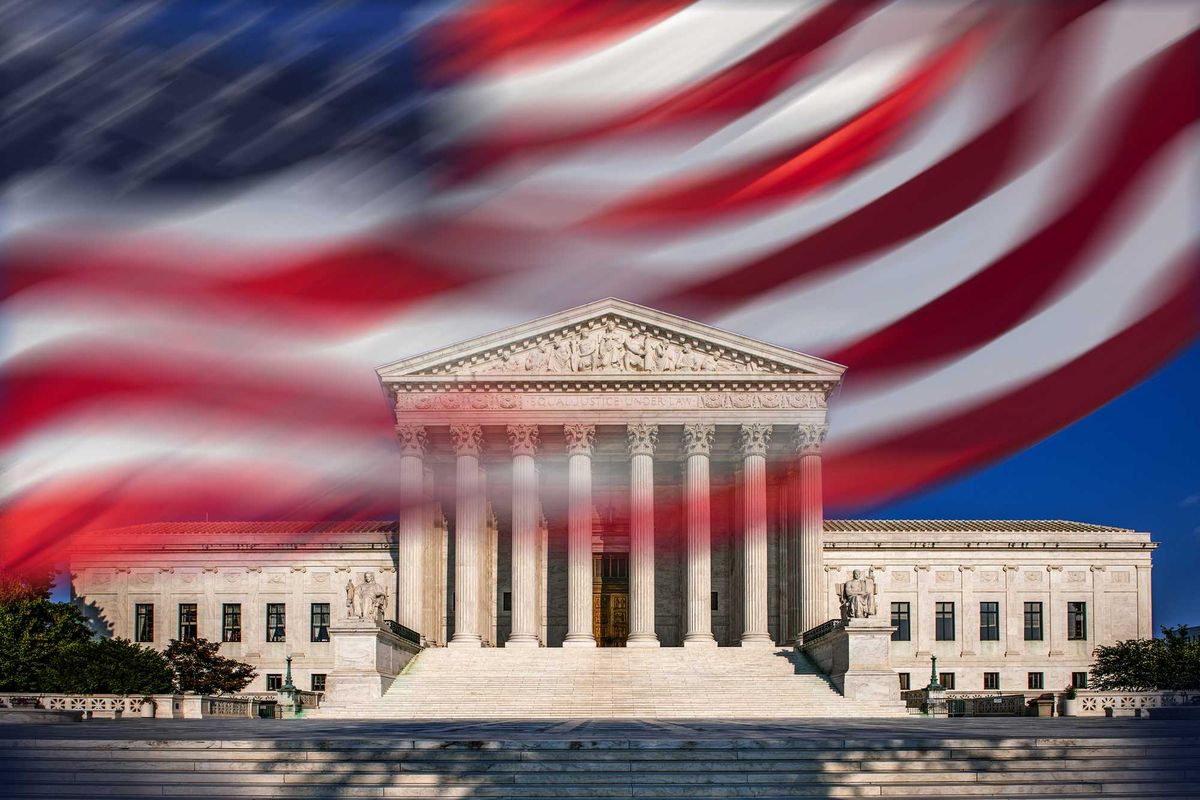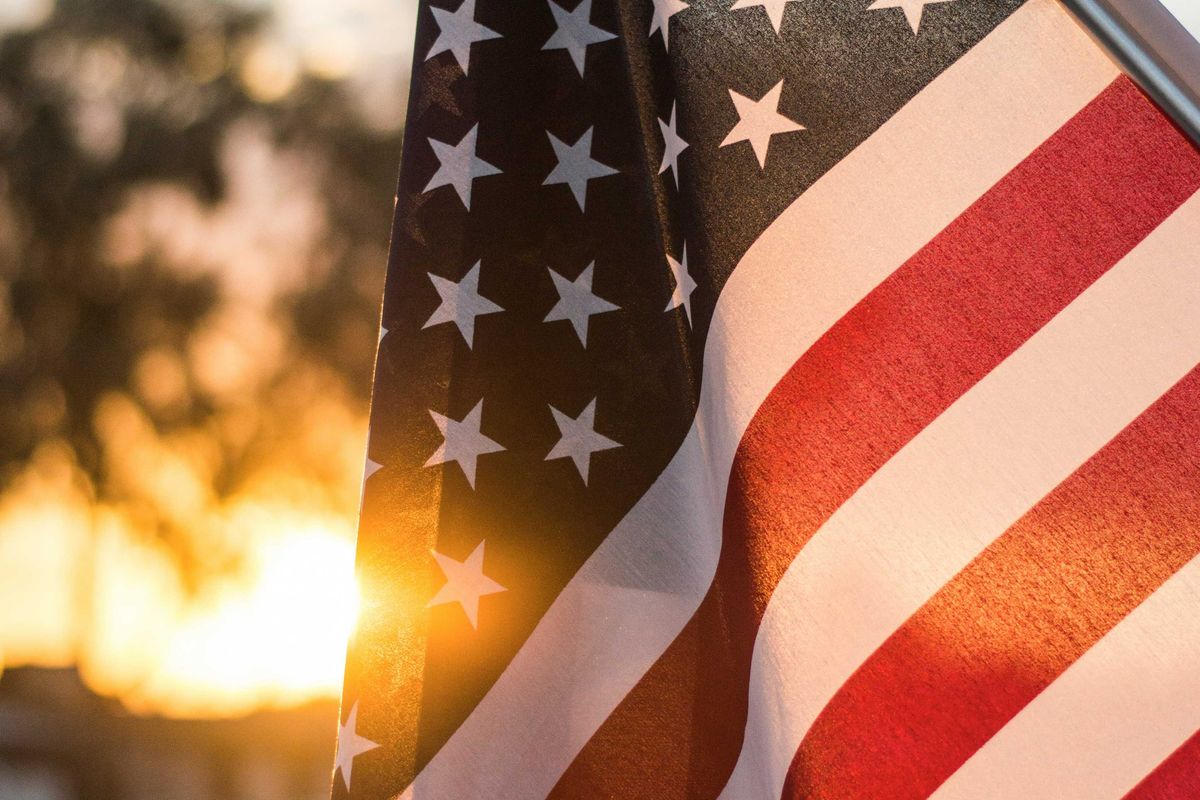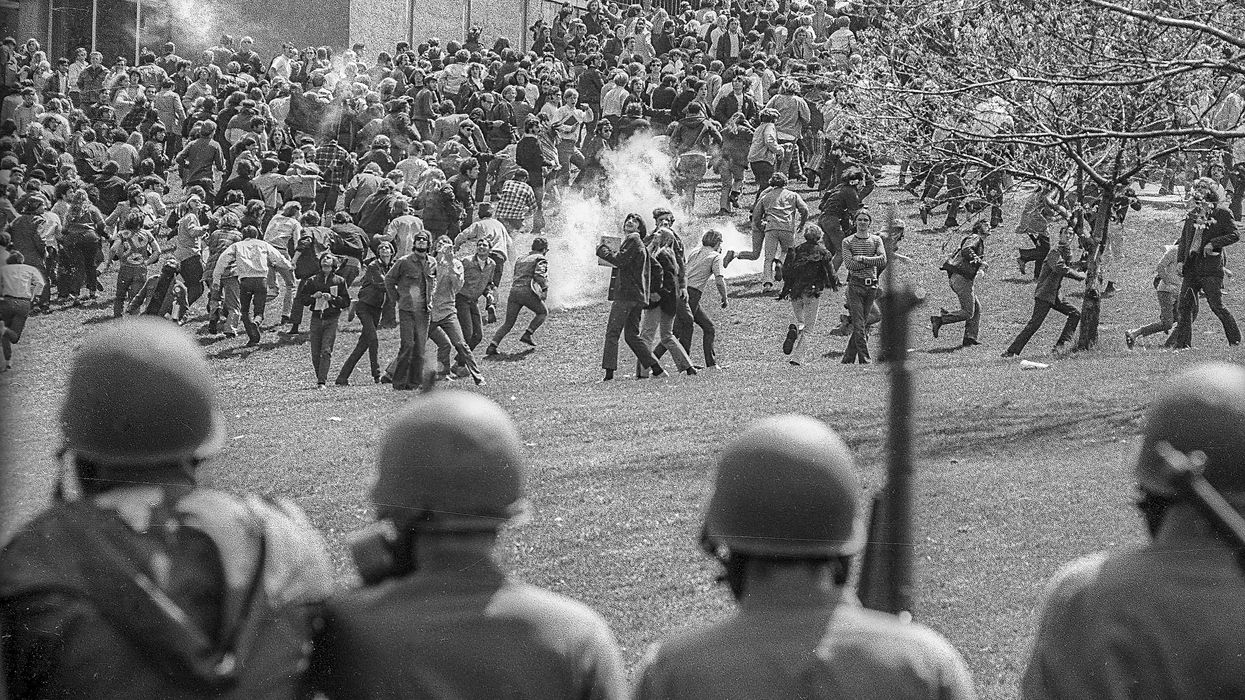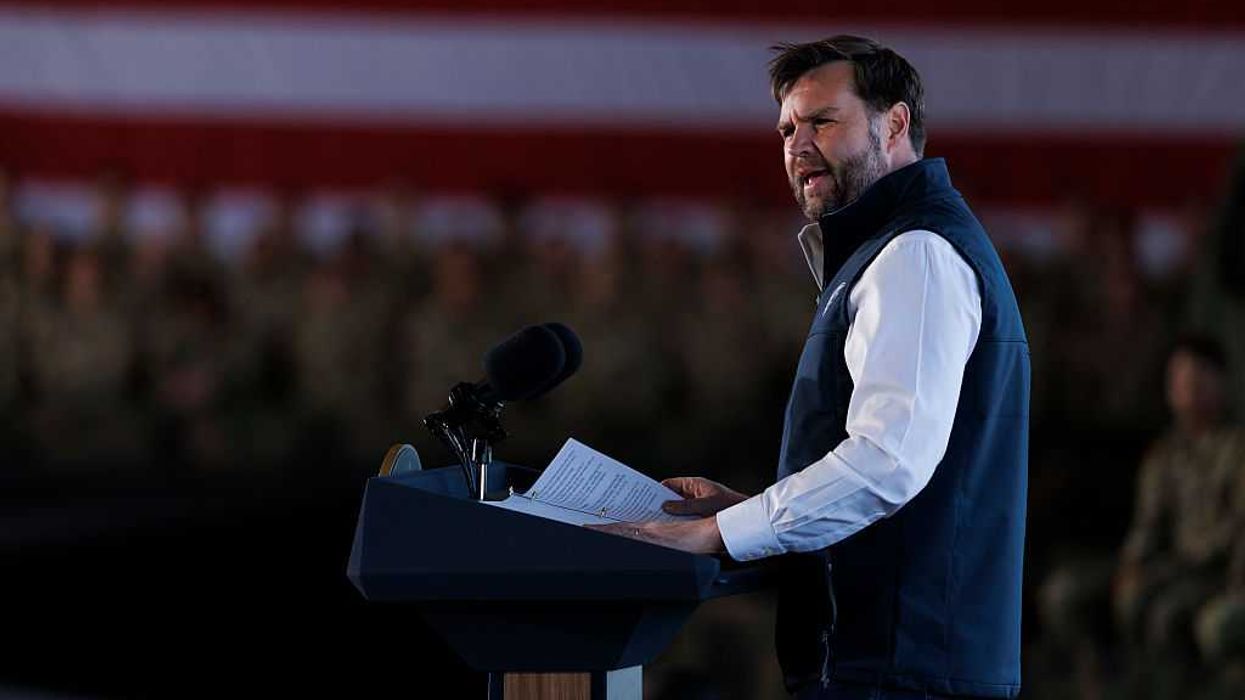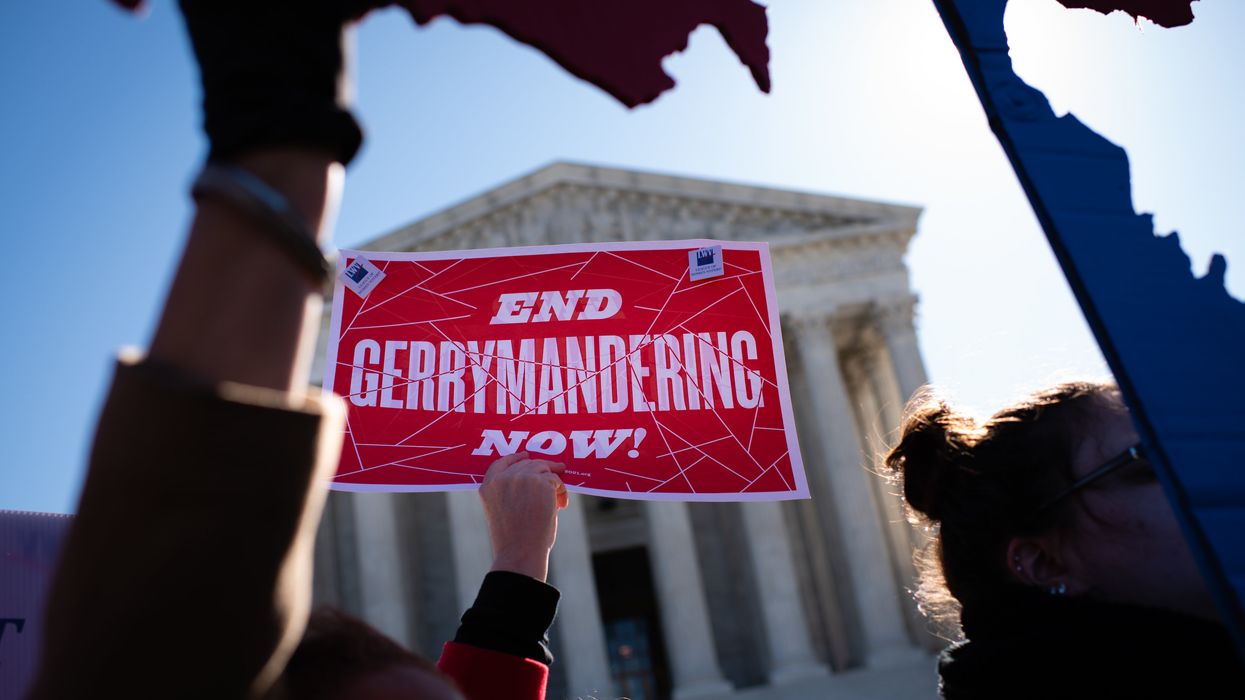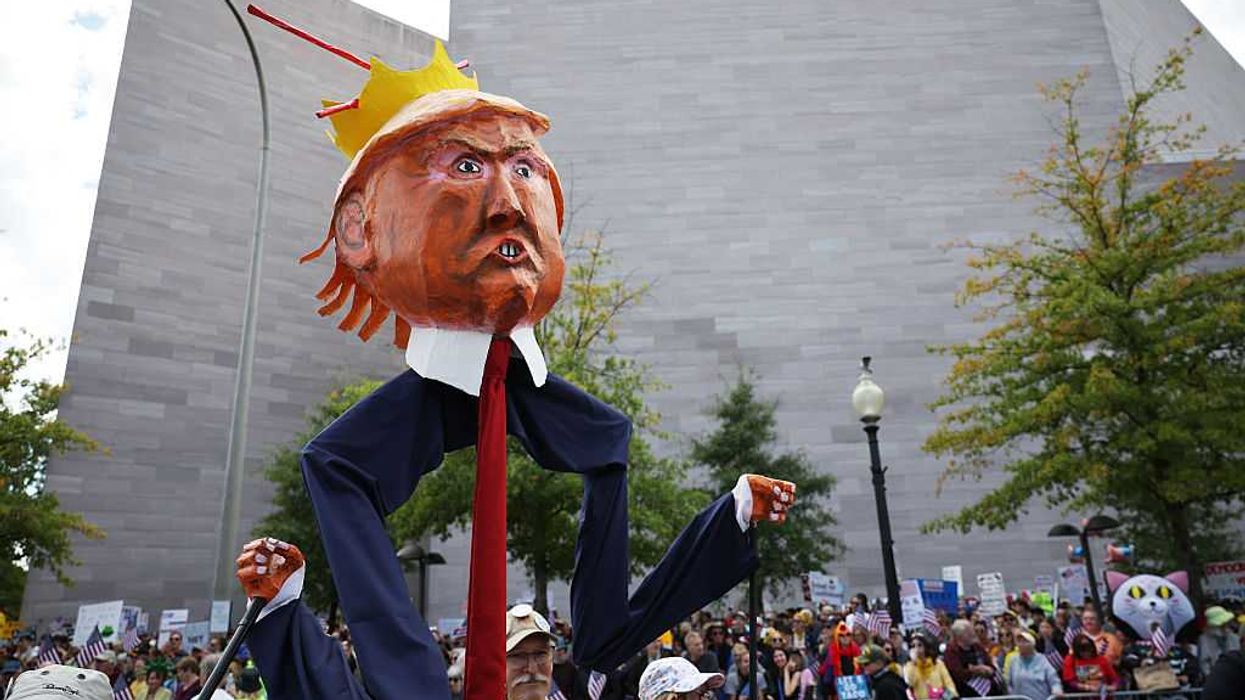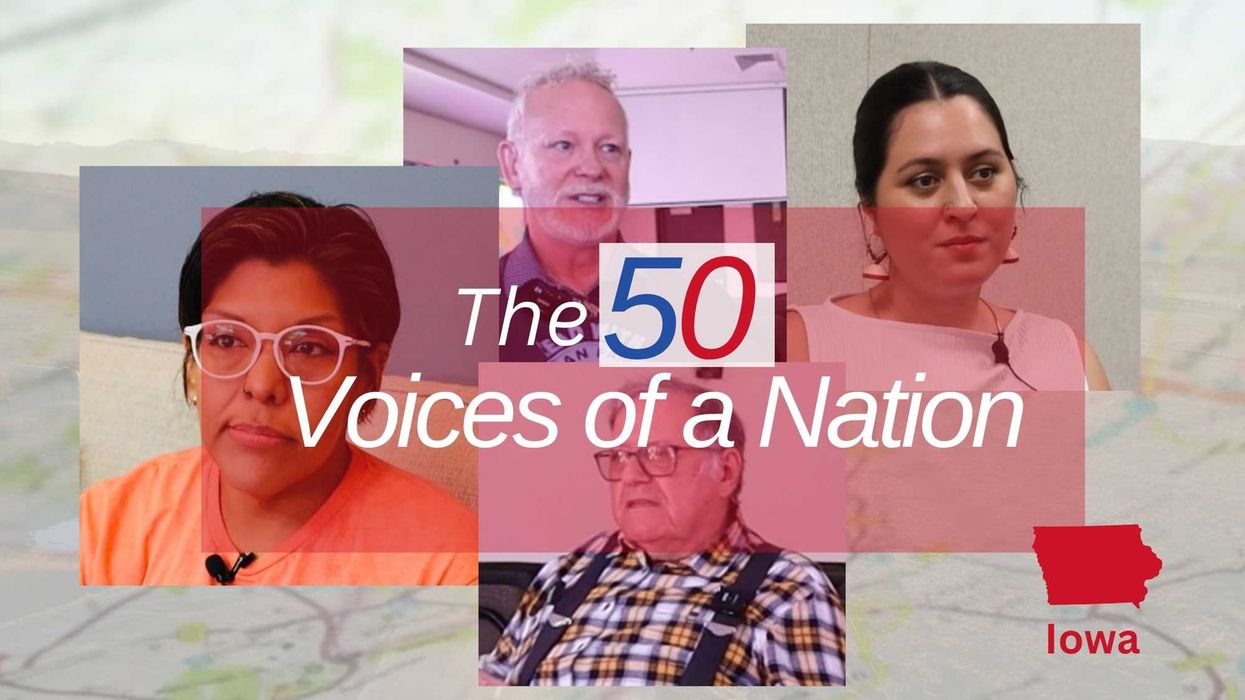The words "Kent State" mean only one thing to many Americans who were adults during the Vietnam War: the place where National Guard soldiers opened fire and killed four student protesters.
That killing of the four students and the wounding of nine others on a rural Ohio campus, 50 years ago today, occurred amid anti-war protests around the country. It was a time when young people were angry with their parents, the government, the universities and the news media. Older people were baffled and outraged by the protests, which seemed anti-American, the work of "outside agitators," or the folly of an indulged and spoiled generation.
The divide was not just young versus old, but also liberals versus conservatives, hippies versus squares, business versus labor, men versus women and blacks versus whites.
An important difference from today was that our news sources appeared — to people on the outside — to be free of those social conflicts. What we now call the "mainstream media" was the only news media. There was no internet, Twitter, Facebook or 24-hour cable news channels catering to the left or right. The national news media organizations were less dominant; most got their news from very competitive local television stations and especially local newspapers.
Society's tensions existed inside those newsrooms, of course, which mostly were run by older white men who had lived through the Depression and World War II. They were defenders of the establishment, but they believed they had a vital mission to inform the country accurately and fairly, even when bad things happened.
The Akron Beacon Journal was the paper 20 minutes from Kent State University, and the sometimes violent protests on campus — called rioting by the headline writers — were covered regularly. The weekend before the shooting, students had burned down the campus ROTC building and fought with firefighters trying to put out the blaze. The paper that landed on doorsteps that Sunday was a fat 271 pages, with 28 pages of classified ads, and a circulation of 174,000.
The young man in charge of the newsroom was the managing editor, Robert Giles. (His boss was traveling in Israel with local business leaders.) Giles would lead the coverage of the shootings, the long investigations that followed and the court cases that lasted for years. The paper's coverage won a Pulitzer Prize and is a model of how to cover breaking news and the difficult search for truth, meaning and justice.
The insightful and very readable story of the paper's coverage is told in Giles' new book, "When Truth Mattered: The Kent State Shootings 50 Years Later." It is focused on that one day in May, but really it is the product of the author's lifelong career as a distinguished journalist and an example of how a single story can illustrate the core values of real news.
The focus is on the reporters, photographers and editors at the paper. Although the author was at the center of the coverage, he keeps himself in the background, writing the way he directed the coverage that day: firmly and competently in control, but without calling attention to himself. The few times Giles reveals his feelings are to take the blame for some mistake or to regret that reporters didn't get credit they deserved.
The paper's work was not necessarily appreciated at the time. The editors received hundreds of letters, most angry and accusing the paper of taking sides in favor of the students and against the National Guard and the governor.
"There were two prominent and distinct views," Giles writes. "Our commitment to be fair and balanced, and to give voice to the truth, came face to face with special interests: President Nixon, the governor of Ohio, university officials, National Guard officers, student radicals and angry townsfolk."
The book concludes by imagining how a story like this would be covered today, at a time when print newspapers are in decline and the internet allows anyone to capture and share information.
Today the Akron paper, like most local papers, has a small fraction of the staff it had in 1970. And it no longer has a virtual monopoly on news coverage (or advertising) in the area. That solid, reliable institutional voice is missed.
On the other hand, many people witnessing a violent clash today would record the protest on their phones, possibly avoiding some of the confusion and uncertainty — even 50 years later — about what happened, such as who started shooting and why.
Today "experts" would appear on cable news within minutes claiming the shooting was the fault of Democrats or Republicans, or that the supposed video was enhanced or fake or out of context. People on social media would make up details about the shooting, and share speculation and conspiracy theories. Readers might throw up their hands and say it's all too confusing, and anyway you can't really know the truth.
Giles' book is a powerful argument for trying to get the facts right, even when there is chaos, violence and confusion — and even when people dispute the facts and disagree about their significance. The paper didn't get everything right the first time, and editors kept sending the reporters out to correct the record or explore new angles. The book shows how quality journalism was done 50 years ago, and holds up a high but achievable standard for how it should be done today.

